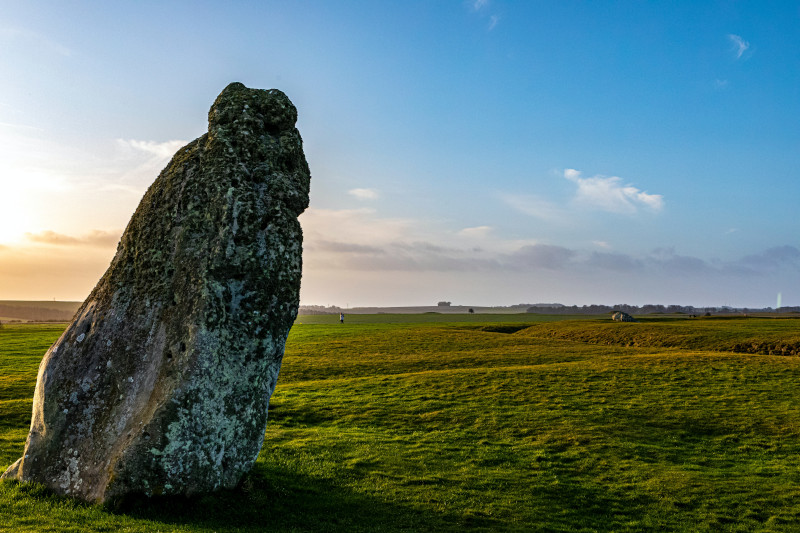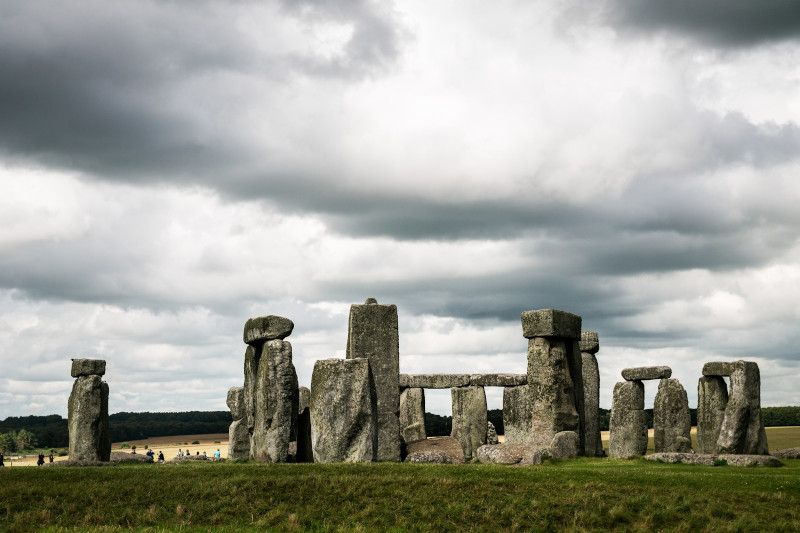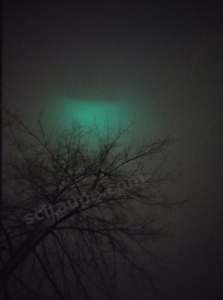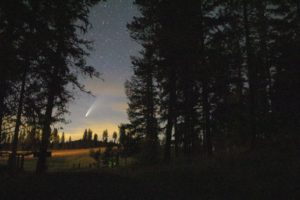
What is a Solstice?
“A solstice is an event in which a planet’s poles are most extremely inclined toward or away from the star it orbits.”
The National Geographic
For the residents of Earth, a solstice is characterized by:
- Earth’s north pole or south pole are closely inclined towards the Sun.
- Sun is at it’s highest or lowest point at noon.
- Sun is at it’s farthest or closest point with respect to the equator.
June and December Solstice
Solstices happen twice every year, in June (20 or 21) and December (21 or 22). They announce the change of seasons in the northern and southern hemispheres.

Summer Solstice in Northern Hemisphere
- The north pole is closely inclined towards the Sun
- Sun reaches it’s highest point in the noon
- Sun is directly overhead on the Tropic of Cancer
- June solstice marks the start of summer
- It is the year’s longest day
- The southern hemisphere now sees the winter solstice
Winter Solstice in Northern Hemisphere
- The December solstice marks the start of winter
- The south pole is tilted closest to the Sun
- The Sun’s rays are directly overhead at the Tropic of Capricorn
- Winter solstice is the shortest day of the year
- The southern hemisphere now sees the summer solstice.
Did you Know??
The Stonehenge marks the Summer Solstice!!

At Stonehenge on the summer solstice, the sun rises behind the heel stone and the first rays of sunrise shine right into the heart of Stonehenge. Every year, thousands of tourists throng the place to witness the iconic sunrise.

Must Read: Solstice Annular Solar Eclipse – Why so Rare??
1,487 total views, 2 views today



